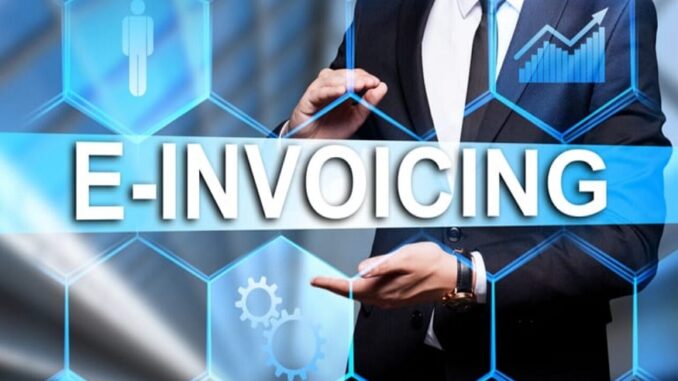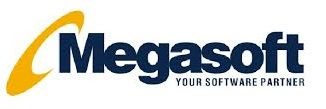
SAP E-invoicing, also known as electronic invoicing, has been gaining popularity worldwide in both B2B and B2G sectors due to several reasons. In fact, it has already replaced conventional paper invoices and more recent PDF invoices in some countries.
But what’s working as the driving force behind this change?
This shift has been boosted by EU legislation mandating the usage of e-invoicing in B2G transactions as businesses become more aware of its benefits.
Although this change may cause some apprehension about invoicing processes, e-invoicing offers several advantages to supply chain businesses. Let’s learn more about them.
Benefits of E-Invoicing
E-invoicing, if integrated and used properly, may be highly beneficial for you. In this section, we have tried to explain them as well as we can. So, keep reading to learn more about this.
Improved Efficiency:
E-invoicing eliminates many of the manual tasks associated with paper-based invoicing, such as printing, mailing, and processing invoices. Instead, invoices can be generated and sent electronically, reducing the time and resources required to manage the invoicing process. This can aid businesses in saving time and focus on more important tasks, such as growing their business and serving their customers. Increased productivity can boost your revenue as well.
Faster Payment Processing:
E-invoicing can speed up payment processing, as invoices can be delivered and processed electronically in real time. It can help businesses improve their cash flow and reduce the time it takes to receive payment, as invoices can be paid more quickly and efficiently. Moreover, as the payment processing is being done quickly, your consumers will also get the information in an instant. This, in turn, can allow you to use the additional time somewhere else.
Reduced Errors:
E-invoicing can help reduce errors in the invoicing process, as automated systems can eliminate the need for manual data entry and decrease the risk of human error. This can help businesses avoid various costly mistakes, such as overcharging or undercharging customers, and improve their accuracy. Also, as you are not making mistakes anymore, it’ll be easier for you to finalize your tasks quickly. There’s no need to worry about anything at all.
Lower Costs:
E-invoicing can help businesses reduce costs related to various paper-based invoicing, such as postage, printing, and storage costs. This can help businesses save money and improve their bottom line, as they can redirect resources to other areas of the business. Also, as we have said before, you can decrease expenses and resources by not making too many mistakes. Hence if you want, you can use the money elsewhere for the progression of your company.
Improved Tracking and Reporting:
E-invoicing can provide businesses with better tracking and reporting capabilities, as digital systems can store and track invoice data in real time. This can help businesses stay organized and make better-informed decisions, such as identifying trends in customer payments and forecasting future cash flow.
Increased Security:
E-invoicing can improve security by reducing the risk of fraud and errors associated with paper-based invoicing. Digital systems can provide secure encryption and authentication measures to protect against unauthorized access or alteration of invoice data. This can help businesses maintain the integrity and confidentiality of their financial data.
Improved Sustainability:
E-invoicing can help businesses reduce their environmental impact by reducing the need for paper-based invoicing, which can help reduce paper waste, energy consumption, and greenhouse gas emissions. This can help businesses meet their sustainability goals and contribute to a more sustainable future.
FAQs – Frequently Asked Questions
In this section, we’ll share some additional information regarding this topic. We have offered it in a question-answer format to improve your understanding. So, let’s get started.
What Is E-Invoicing?
E-invoicing is the process of sending and receiving invoices electronically, often through a web-based platform or software system.
How Is E-Invoicing Different From Traditional Paper Invoicing?
E-invoicing eliminates the need for paper invoices and can save time and reduce errors associated with manual processing. It can also enable faster payments and better tracking and management of invoices.
How Is E-Invoicing Implemented?
E-invoicing can be implemented through various methods, such as web-based platforms, electronic data interchange (EDI), or accounting and invoicing software that supports e-invoicing.
Is E-Invoicing Secure?
E-invoicing platforms and software systems typically include security measures to protect sensitive information and prevent fraud. However, it is important to choose a reputable provider and follow best practices for secure invoicing.
Is E-Invoicing Mandatory?
E-invoicing is mandatory in some countries and industries and may be required by certain governments or business partners. However, even when not mandatory, it can offer significant benefits to businesses and is becoming more widely adopted.
Can E-Invoicing Be Integrated With Other Systems?
Yes, e-invoicing can be integrated with other systems, such as accounting and enterprise resource planning (ERP) systems, as well as payment processing and procurement systems. Integration can further improve efficiency and streamline processes.

Leave a Reply